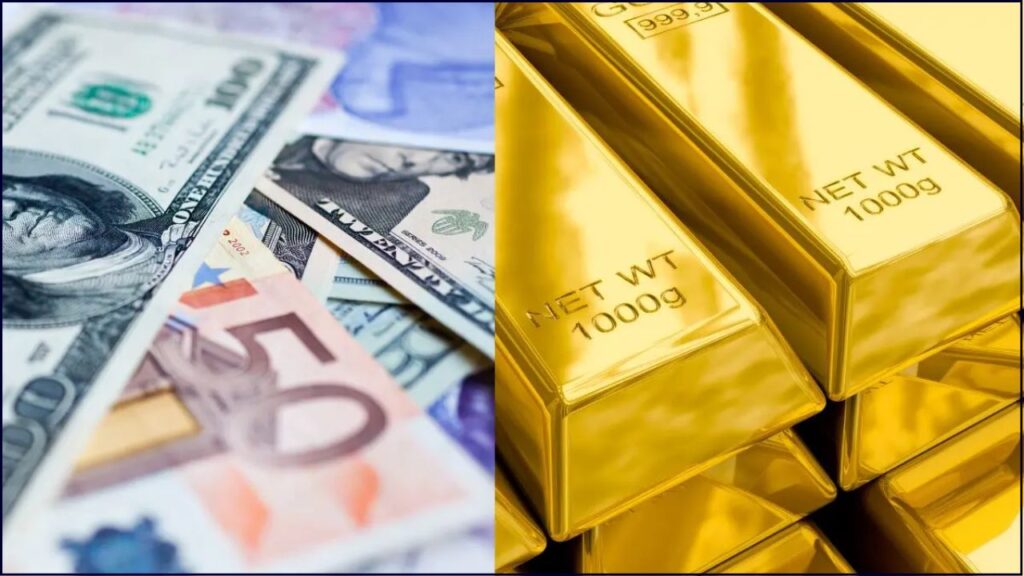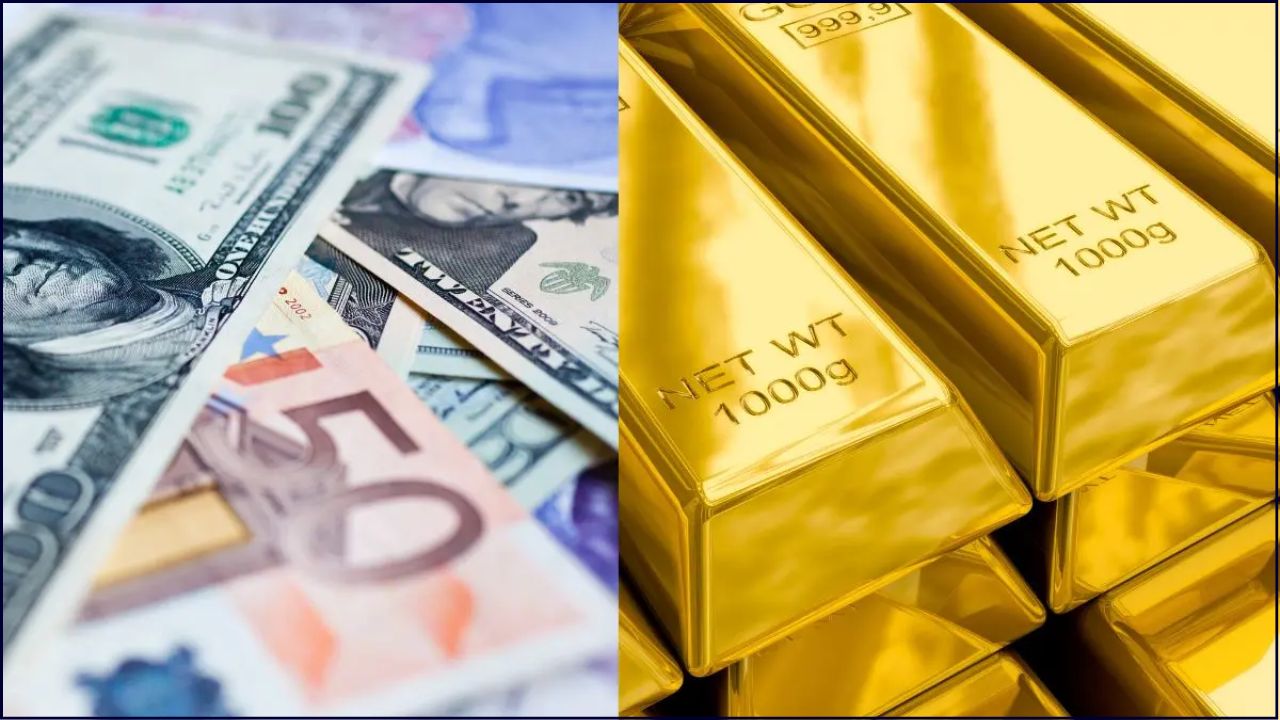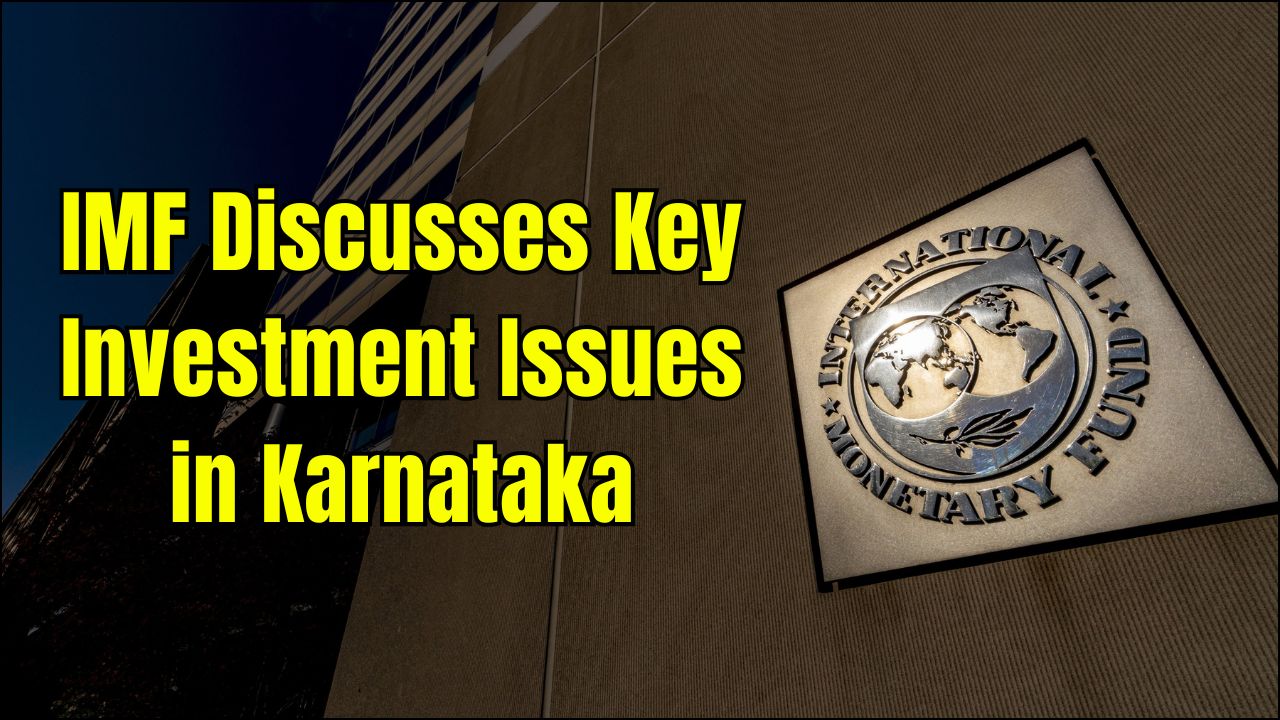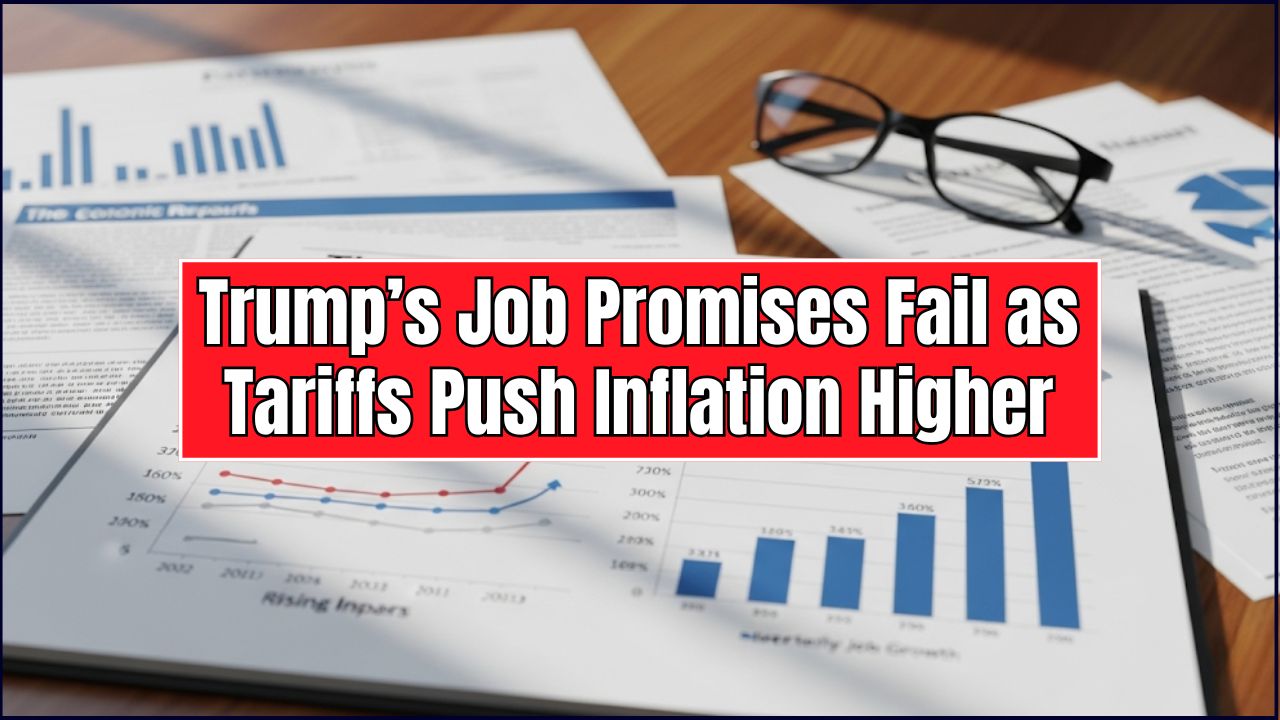India’s foreign exchange reserves rose by $3.51 billion, reaching a total of $694.2 billion in the week ending 29 August 2025, according to the Reserve Bank of India (RBI). The increase was largely supported by gains in gold holdings and a stronger position with the International Monetary Fund (IMF).

A Closer Look at the Rise in Forex Reserves
The increase in India’s forex reserves is attributed primarily to two components: a rise in the value of gold holdings and a marginal improvement in the IMF reserve position. According to data released by the RBI on 6 September, the latest build-up marks a strong rebound after a decline of $4.38 billion the previous week.
Gold Reserves Lead the Surge
The value of gold reserves rose by $1.766 billion, reflecting either price appreciation in global markets or adjustments in RBI’s domestic holdings. With global gold prices stabilising near five-month highs, central banks including India’s are strategically increasing gold reserves to hedge against currency volatility.
“Central banks are diversifying away from U.S. dollar dependency, and gold is a trusted hedge,” said Dr. Aditi Menon, senior economist at the Indian Council for Research on International Economic Relations (ICRIER).
Breakdown of Reserve Components
The RBI’s weekly statistical supplement breaks the reserves into four major categories:
- Foreign Currency Assets (FCA): Remain the largest component, but changes were not disclosed for this week.
- Gold Reserves: Increased by $1.77 billion, reflecting market revaluation.
- Special Drawing Rights (SDRs): Minor fluctuations were not detailed but remain stable.
- IMF Reserve Position: Rose modestly by $18 million.
These numbers suggest a healthy and diversified reserve portfolio, crucial for defending the rupee and meeting external payment obligations.
IMF Reserve Position and SDRs
The IMF reserve position represents India’s quota and drawing rights with the IMF. A small uptick here, though marginal in dollar terms, signals confidence in India’s macroeconomic stability and international credibility.
“Maintaining robust reserves, particularly diversified ones, is essential in managing capital outflows and external shocks,” noted Raghuram Iyer, research fellow at the National Institute of Public Finance and Policy (NIPFP).
Global Context and Currency Management
India’s reserve accumulation comes at a time of increased volatility in global markets due to uncertain monetary policy directions in the United States and the Eurozone. The U.S. dollar index remains elevated, and developing economies are shoring up their reserves to avoid currency pressure.
The RBI continues to intervene judiciously in the foreign exchange market to maintain the rupee’s stability. In August, the rupee hovered between ₹82.80 and ₹83.20 against the U.S. dollar, supported in part by RBI’s reserve-driven interventions.
Implications for Trade, Inflation, and Policy
Robust forex reserves serve several purposes:
- Import Cover: India’s reserves now cover more than 11 months of imports, enhancing trade resilience.
- Investor Confidence: Large reserves are viewed favourably by credit rating agencies and foreign investors.
- Inflation Buffer: Currency stability helps contain imported inflation, especially crucial with volatile crude oil prices.
According to Nomura India, the stronger reserves could give the central bank more leeway in managing liquidity and interest rate stability, especially in the run-up to national elections in 2026.
Historical Context: Nearing Record Highs
At $694.2 billion, India’s reserves are approaching the record high of $705 billion, achieved in October 2021. This rise signals a positive trend in India’s balance of payments, driven by strong remittances, foreign direct investment (FDI), and stable exports in key sectors like pharmaceuticals and services.
“India has demonstrated resilience, with strong capital flows and prudent monetary policy,” said Dr. Reena Bhattacharya, Professor of International Economics at Jawaharlal Nehru University.
Outlook: Sustaining Momentum Amid Global Uncertainty
Looking ahead, India faces both opportunities and risks:
- Positive: Stable global crude prices, continued FDI inflows, and recovery in merchandise exports.
- Risks: U.S. Federal Reserve rate hikes, geopolitical instability, and fluctuating capital markets.
The Reserve Bank of India has reiterated its commitment to maintaining external sector stability without targeting specific reserve levels.
FD Investors Hit Gold: Get Massive Returns From These Top Banks Today
Conclusion
India’s latest increase in forex reserves, led by gold and international assets, strengthens the country’s financial firepower amid global uncertainties. As the RBI continues to navigate volatile markets, maintaining a well-balanced reserve structure remains central to India’s economic resilience.
















